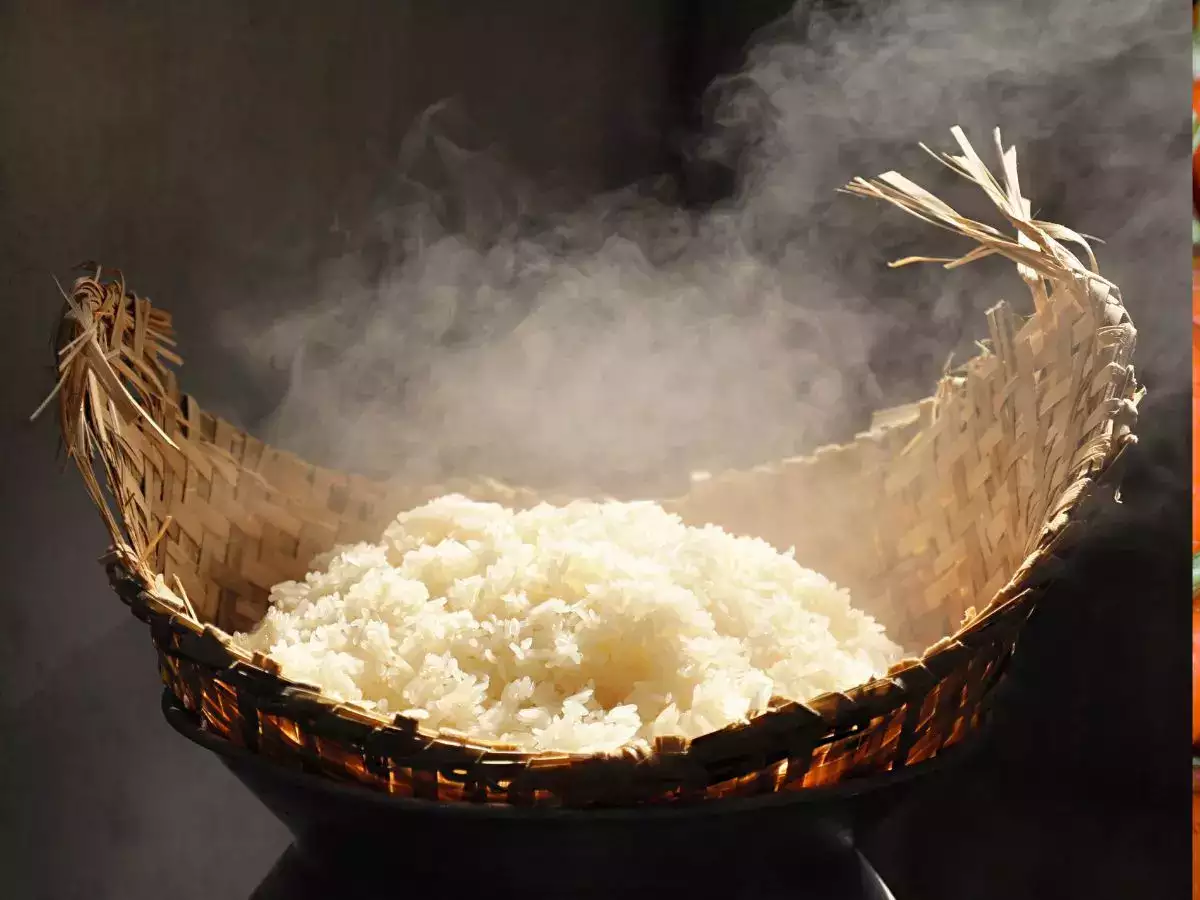Free Courses Sale ends Soon, Get It Now


Free Courses Sale ends Soon, Get It Now



Copyright infringement not intended
Picture Courtesy: The Times of India
Context: The term “Magic Rice” is in the news due to its unique features.
Magic rice
In conclusion, Chokuwa rice is not only a staple food but also a cultural emblem of Assam's culinary heritage. Its cultivation, processing, and consumption methods are integral to the rich tapestry of Assamese cuisine, making it an essential part of the region's culinary identity.
Must Read Articles:
GI LIST UPDATED: https://www.iasgyan.in/daily-current-affairs/gi-list-updated
Geographical Indications: https://www.iasgyan.in/daily-current-affairs/geographical-indications
|
PRACTICE QUESTION Q. Consider the following statements in the context of the Geographical Indication (GI) Tag: 1. In India, Geographical Indication (GI) tags are a form of intellectual property protection that recognizes the unique qualities, reputation, and characteristics of products originating from specific geographical regions within the country. 2. The GI tagging system in India is regulated by the Geographical Indications of Goods (Registration and Protection) Act, 1999. 3. Any agricultural, natural, or manufactured product originating from a specific region and having a unique quality, reputation, or characteristic attributable to that origin can be eligible for a GI tag. 4. The process begins with filing an application with the Geographical Indications Registry, which is part of the Office of the Controller General of Patents, Designs & Trade Marks (CGPDTM) under the Ministry of Commerce and Industry. 5. Once a product receives a GI tag, only producers from the designated geographical area who adhere to the specified quality standards can use the GI-tagged name and label on their products. How many of the above statement is/are correct? A) Only two B) Only three C) Only four D) All five Answer: D Explanation: In India, Geographical Indication (GI) tags are a form of intellectual property protection that recognizes the unique qualities, reputation, and characteristics of products originating from specific geographical regions within the country. The GI tag helps protect traditional knowledge, cultural heritage, and the economic interests of producers by preventing unauthorized use of the GI-protected products' names and attributes. The GI tagging system in India is regulated by the Geographical Indications of Goods (Registration and Protection) Act, 1999. This legislation establishes the legal framework for the registration and protection of GIs in India. Key aspects of the GI tag system in India: 1.Any agricultural, natural, or manufactured product originating from a specific region and having a unique quality, reputation, or characteristic attributable to that origin can be eligible for a GI tag. 2.The process begins with filing an application with the Geographical Indications Registry, which is part of the Office of the Controller General of Patents, Designs & Trade Marks (CGPDTM) under the Ministry of Commerce and Industry. The application should include detailed information about the product, its geographical origin, and its unique attributes. 3.The application is examined for conformity with the legal requirements and to ensure that the product qualifies for GI protection. After the examination, the application is published in the Geographical Indications Journal. There is a specific period during which interested parties can file opposition if they believe the application should not be granted. 4.If there are no valid oppositions or if the oppositions are rejected, the GI tag is granted to the product. The GI registration is usually valid for a specific period and needs to be renewed to maintain its protection. 5.Once a product receives a GI tag, only producers from the designated geographical area who adhere to the specified quality standards can use the GI-tagged name and label on their products. This protection prevents unauthorized use and imitation of the product's name. 6.GI tags help promote and market traditional and unique products, increasing their visibility and demand. This, in turn, benefits the producers and the region's economy. |
© 2024 iasgyan. All right reserved